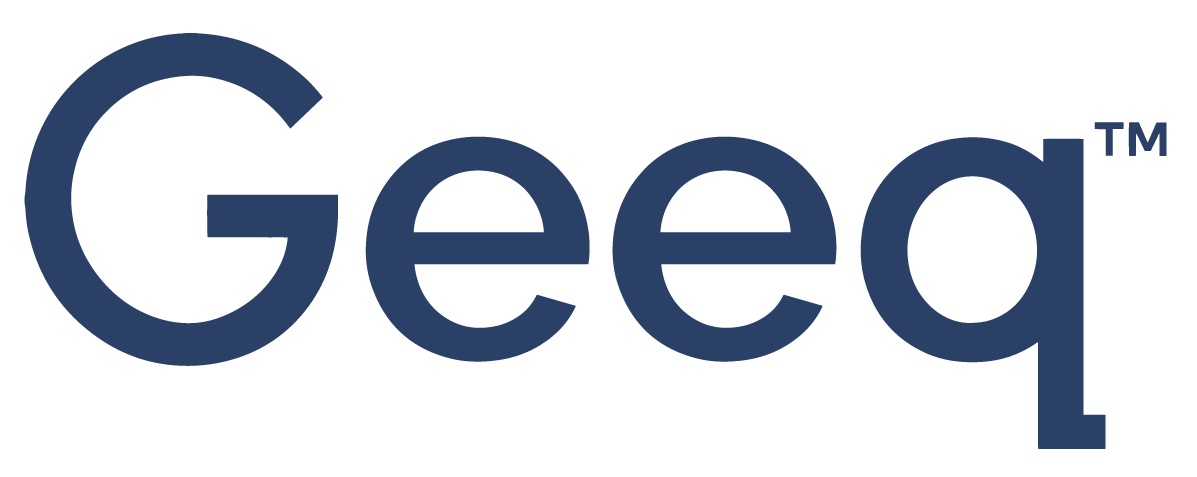
Hub
What does Hub mean?
A node with the temporary responsibility to bundle and sign the collection of candidate transactions for a block.
Main Idea:
Proof of Honesty (PoH) is a leaderless protocol. No node has the special privilege of proposing a block. Instead, nodes rotate through the role of a hub which has additional work to do in order to coordinate timely validation by the set of validating nodes.
What Is the Hub’s Role?
An honest hub’s work is completely neutral. Its role is to ensure each validating node receives the same correctly signed bundle of candidate transactions. To put it another way, the hub is responsible for ensuring that each node receives an identical set of inputs to evaluate.
Who Gets to be a Hub?
Nodes may join, leave or suspend their status on a blockchain’s Network Actor List (NAL) (was: Active Node List (ANL)). One of the nodes in the Active Network is chosen in an automatic rotation to be the hub for that epoch. Because the validation network is permissionless, nodes and hubs may be anonymous. If a node is unable to perform as a hub, the next node is chosen.
The anonymous identities of nodes in a permissionless, decentralized blockchain network reduces the attack surface of the blockchain. This is a major security advantage compared to a permissioned network or an otherwise more centralized database.
How Does the Hub Work?*
Ordinary validating nodes in the Active Network are sent candidate transactions by users. Each node bundles up the candidate transactions it receives in a Node Block Triple (NBL) (was: Node Transaction Bundle (NTB)). Every node signs and sends its individual NBT to the node acting as the hub. The Hub collects all the NBTs (including its own), assembles them, and sends them to the Relay .
Nodes wait to validate transactions until they see all the candidate transactions from all the nodes. In the meantime, the lists of candidate transactions have been signed (not validated) by the hub and the signature of the hub has been verified by the relay before the entire set of candidate transactions is available to the node. At that point, every node independently evaluates the entire set of sane transactions.
The Elegant Precision of Proof of Honesty
Geeq’s Proof of Honesty provides deterministic inputs to a deterministic process that yields a deterministic output, so there is no ambiguity about which blockchain is globally honest and provably canonical. Any deviation can be detected by the system, so the end user is protected as long as they use Geeq’s Edge Security to check they are interacting with a node that can provide Proof of Honesty.
How Does the Network Know if a Hub is Honest or Dishonest?
Every node that follows Geeq’s Proof of Honesty is able to provide cryptographic proof it has done so and is called an honest node. A node that has not followed protocol will not be able to provide the correct proof and is assumed to be dishonest and unreliable.
The hub is merely a regular node with some temporary extra work. Like any node, its honesty or dishonesty is provable. Every node receiving signed messages from the Hub and Relay is able to check for proof of the hub’s honest work. Dishonest hubs are audited out of the Active Network, lose their Good Behavior Bonds, and another node assumes the role of the hub.
Used in a Sentence:
The role of a neutral hub is a key innovation because its role is to ensure each node receives the same inputs before each node independently validates those transactions, writes its block, and updates its ledger.
*This is a simplified, conceptually accurate description of the workflow logic.
Last Updated: June 5, 2023
Read what Geeq has to say about Hub...
The following articles are written by the Geeq team to share and inform about the industry we are passionate about.
To learn more about events, announcements and learn about other topics visit our news section
Community announcement - Tokenomics Update - January 2024
Why has Geeq taken a no-smart contracts route? To deliver an efficient, reliable, predictable engine to solve these three problems and more.
Here are 5 reasons why Geeq is poised to set the world's standards in decentralized, verifiable blockchain - at Layer 0.
"Discover 7 powerful ways Geeq Stacks revolutionize digital assets. Simplify organization, ensure security, and stay in control. From creative collections to seamless transfers, Stacks make it intuitive.
8 Ways Geeq is the Essential Foundation for Blockchains. Here are the reasons Geeq provides the Layer 0 (L0) foundation that blockchains and smart contracts need.
How can the market separate "review bombing" from authentic testimonials? As with any policy, the risk is either going too far or not far enough. Read Geeq's solution.
UPDATE: Now with links to video and Slides! John P. Conley introduced Geeq's Algorithmic Monetary Policy and Stabilized Token to the public at SFBW.
This is the Geeq token allocation and release schedule. Please note: Geeq did not hold an ICO or IDO.
Ask Me Anything on Telegram: TH 1/24/2019, 4 pm EST
Details are available for the official GEEQ contract address.
$GEEQ has partnered with Ferrum Network to offer non-custodial liquidity staking. Watch this space!
Late Friday Update for Geeq Tokens - The Unlocked-round is fully subscribed. The Pre-round is still OPEN.









